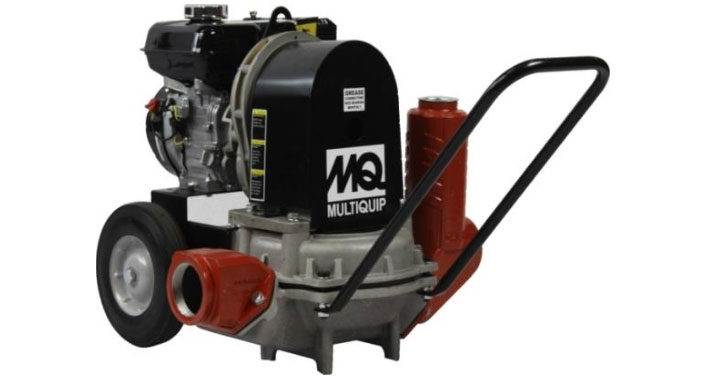
Diaphragm pumps move water by contracting or expanding a flexible diaphragm. When expanded it draws in air and fluid into the chamber. The downward stroke pressurizes the chamber to discharge fluid and air. The air handling ability makes it ideal for slow seepage applications where centrifugal pumps would lose their prime.
Who uses diaphragm pumps?General contractors; farmers, residential and commercial operators, municipalities, government agencies, first response organizations, commercial boat operators, pool and spa service companies, public works departments.
Where are diaphragm pumps needed?
Site preparation, cesspools, septic tanks, slurry removal, slow seepage, utility and public works, agricultural, standing water removal, emergency flooding response, sewer dewatering operations, and thick, heavy viscosity fluids must be moved.
What else may the customer need?
NPT Thread or Cam & Groove Q/D disconnect suction and discharge hoses, couplers and PVC pipe.

DID YOU KNOW? The diaphragm pumps can pass debris 1 5/8” in diameter.
Learn more! Download MQ Dewatering Pumps brochure or the MQ Pumping Handbook at multiquip.com